The pilot and the little prince
My most recent - bucket listed - brain crash is here, the wreckage of Exupery Caudron's 630 in the Libyan desert (in 1:48 scale). I took this to the MosonShow at Mosonmagyarovár this year (https://www.mosonshow.hu/?page_id=382). The idea of such a diorama has been floating around in my head for a long time, but I really couldn't decide what to do with it - sometimes it seemed too complicated to put what I wanted to depict in a proper context, sometimes it was seemed impossible to realize everything I thought up. Perhaps my favorite writing from him is the "Wind, Sand and Stars" (Terre des hommes) and of course "The Little Prince" is unmissable if anyone remembers him. Since I've always been a big Saint-Ex fan, bringing them together was completely natural for me, so I was a little surprised when several people didn't really understand what was going on here. Therefore, although it will be long, I will describe it: early in the morning of December 29, 1935, Antoine Marie Jean-Baptiste Roger comte de Saint Exupéry took off from Paris-Le Bourget airport to Saïgon (Cochin-China) in the long-distance flying race between Paris and Saïgon (a so called Grand Raid) as a participant.
The race was sponsored by the Aéro-Club de France, which offered a prize of 1,200,000 francs, roughly $70,000 at the time, to the winner, provided he or she covered the estimated 13,800 miles (22,209 kilometers) in less than 90 hours. Any type of aircraft could be entered into the competition, as long as it had an official airworthiness certificate and a flight crew of two, or a pilot and autopilot.
Antoine de Saint Exupéry was accompanied by his mechanic André Prévot as navigator and flight engineer. The aircraft was a red and white Caudron C.630 Simoun, c/n 7042.20. It was registered on April 9, 1935 for Saint Exupéry under the name F-ANRY, which was made up of the letters of his name ("ANtoine de Saint ExupéRY").
At that time there were no navigational aids, pilots had to navigate by compass, speedometer and watch. Although Saint Exupéry met with meteorologists to plan his flight, there was no way to update weather information after takeoff. He could not judge whether the expected tailwind had persisted or had changed; was their speed relative to the ground faster or slower than intended, did the wind blow the airplane to the right or to the left from the route? Atmospheric pressure also may have changed, causing the altimeter to read higher or lower than where the aircraft actually was. Flying through the void of the Sahara without landmarks, in cloud and complete darkness, he and Prévot could only guess their position after a while. 4 hours and 15 minutes after the last refueling, after taking off from Benghazi, the C.630 hit a slightly rising plateau at approx. at a speed of 275 kilometers per hour. The airplane slid 250 meters across the plateau, spun vertically and crashed lost its wheels and left wing, but Saint Exupéry and Prévot were uninjured. However, their water was lost: “. . . half a liter of coffee in a battered thermos and half a liter of white wine. . . There were also some grapes and an orange," wrote Exupery. Without food or water, they began to wander in the desert in search of help. They followed mirages and often crossed their own tracks, eventually always returning to the wreck of the Simoun, experiencing delusions due to dehydration (ie. they thought there were jumping foxes in front of them - hence the fox motif in the Little prince). After four days, they were finally rescued by a Bedouin tribe. The location of the accident is uncertain, but it is believed to have occurred near at Wadi el Natrûn in Egypt, west of the Nile Delta.
Saint Exupéry wrote about the experience in more detail in his work "Terre des hommes", published in 1939, and the experince eventually became the basis for "The Little Prince".
The bottom of the diorama is a 3D printed book that I designed in CAD printed in the PTE 3D Center in Pécs - big thanks to the staff for their help (it was not an easy task to print it in such a large size with such details), a piece of the Libyan desert stands out from it (made from styrofoam and - well - sand). The whole thing is held together by a 3 mm stainless steel plate (thanks to Béla Keresztes for this). Exupery also made drawings while writing, the shooting star he sketched was also included in the composition (also 3D printed, held by a Plexiglas rod). The pilot who meets with the little prince (and the fox) is a converted CMK figure while the fox and the little prince are 3D printed by me. Dioramas always have one main view - in this case two: if you look from the front, you can see the pilot standing next to the wreckage, but from the back they are covered by the plane, and then you only see a fox sitting in the desert watching the inbound comet. The model itself is a heavily modified DoraWings kit, but most of it is scrathbuilt. I didn't strive for absolute correct reconstruction of the original scene, I rather wanted to convey an atmosphere (after all, it depicts a fiction), but I couldn't resist the fact that a lot of footage was taken of the wreck afterwards, when Exupéry and his companions later searched for and collected the pieces of the airplane in order to transport the usable parts, that is why there is a specific arrangement of the wreckage and the pose of the pilot. If you are interested, search for it (Exupery desert crash). I would also like to thank Zoltan Sarmany for the excellent pictures. Phew.
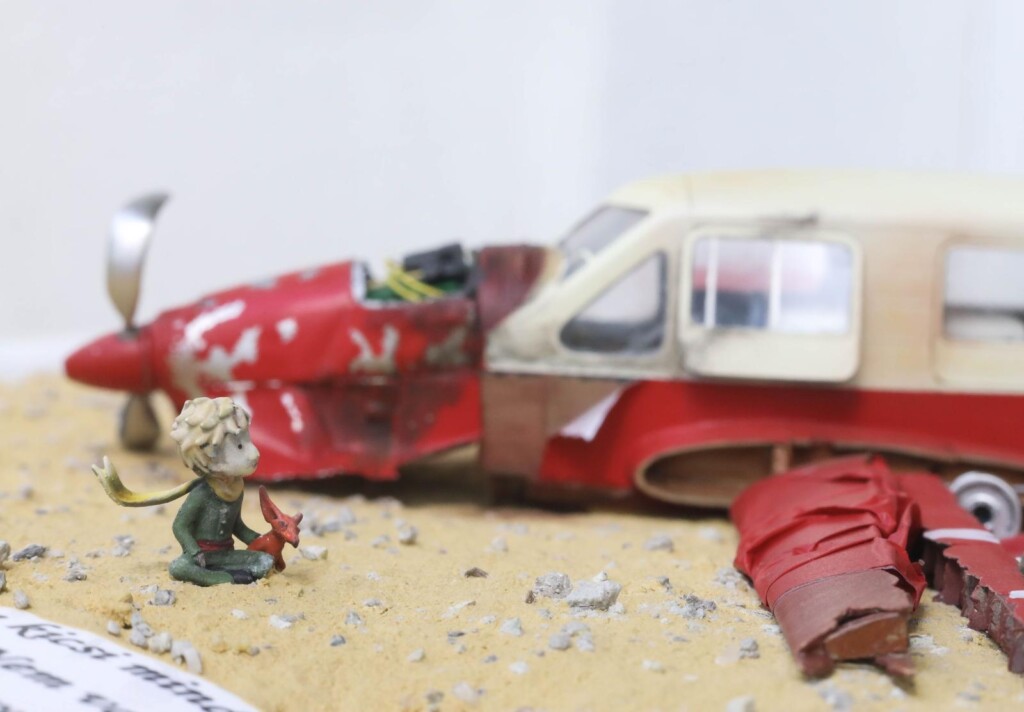




















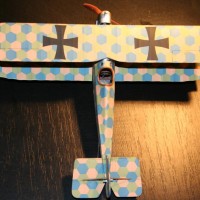
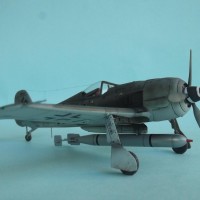
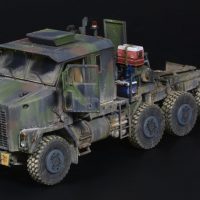
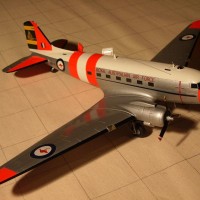
A very creative build!
What an inspiring diorama, Gábor (@remete). Extremely well done.
Fantastic work and great creativity. Thanks for sharing!
That is a truly impressive realization. As a fan of St. Exupery's writing I like the way you've handled the subject. A lovely model.
That is an astoundingly creative diorama. To any Saint-Ex fan, it certainly makes perfect sense. It's the physical realization of a thought. I love it as a writer and as a modeler.
Wonderful diorama, Gábor!
That's a great diorama, Gábor @remete
You have used your creativity very well.
Splendid idea and execution! For sure the best homage a modeler can do to the life and work of Saint Exupery, bravo!
Very creative dio! Impressive work and bravo to you!
Well done and very creative.
Very nice!
Excellent visual storytelling! (and modeling too!)
The most beautiful modelling project I have ever seen. Very touching.
Thank you all! The model won a silver medal in Mosonmagyarovar this year in diorama cathegory.